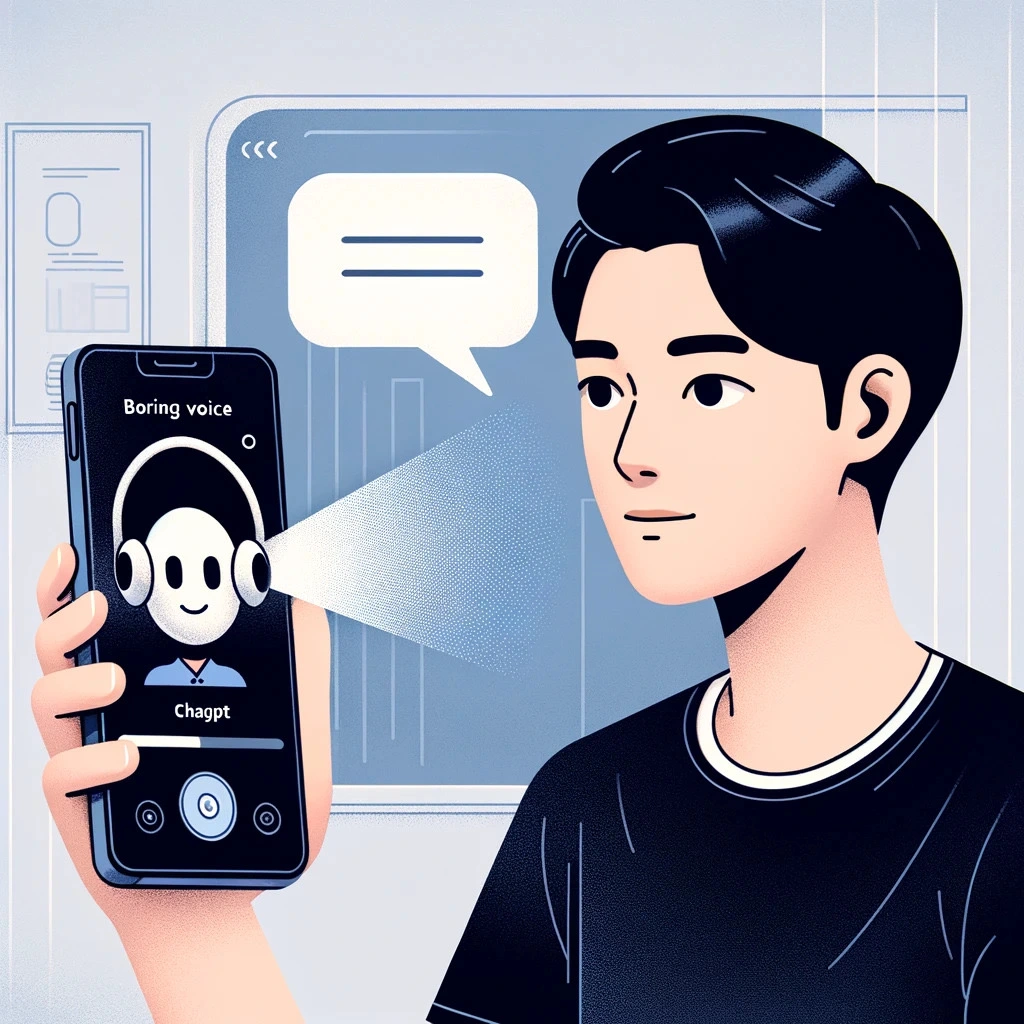ChatGPT and voice memos are now working together, making it easier and more personal for us to talk to machines. This new way of communicating is great for everyone, especially for people who find it hard to use technology or prefer to hear responses instead of reading them
What You Need to Know
In the fast-changing world of talking and messaging online, a big new thing has happened: ChatGPT and voice messages are now working together. This mix uses the smart tech of ChatGPT from OpenAI and the easy, personal feel of voice messages. It’s all about making talking to technology and people easier and more fun for everyone.
Now, you can just say what you want to ChatGPT and hear back in voice, too. This is great news for lots of people, like those who find screens hard to see or who like hearing things instead of reading. As this cool feature becomes available everywhere, it’s going to make chatting online more friendly, quick, and open for all, showing a big step forward in AI and how we communicate online.

In a time when chatting online keeps changing, adding voice messages to ChatGPT is a really smart move. It makes AI help us more in our daily lives and adds a warm, human touch to chatting with technology. Here’s all you need to know about this exciting update.
The Genesis of the Idea
The idea to mix voice messages with ChatGPT came from wanting to make smart tech easier and nicer to use for everyone.
With the world becoming increasingly reliant on digital communication, the creators saw an opportunity to bridge the gap between complex AI functionalities and the average user’s needs.
As we all talk more and more online, the people who made this happen saw a chance to make talking to AI feel more natural and simple, by using voice instead of typing.
How It Works
So, think of ChatGPT as a super-smart computer friend. When you speak to it, it uses something called speech recognition to understand your words, just like when you talk to a friend. Then, it takes those words and thinks about what you said.
But here’s the really cool part: ChatGPT isn’t just good at listening, it’s also great at understanding language. It can figure out what you mean, even if you don’t say it perfectly. It’s like having a friend who knows exactly what you’re trying to say, even if you stumble over your words.
After thinking about what you said, ChatGPT can respond back to you. It can write a message or even speak to you, just like a real conversation.
All of this happens because of some really clever technology that makes chatting with ChatGPT feel just like talking to a friend.
The Impact on Accessibility
Talking to ChatGPT is like having a helpful friend who can talk to you and understand what you’re saying. It’s great because it’s not hard to use, even if you have trouble seeing things or typing on a keyboard.
Now, lots more people can use this cool AI technology without any trouble. This means that nobody gets left out when it comes to using technology, which is super important because everyone should be able to enjoy the benefits of new inventions.
Applications and Use Cases
This technology can do lots of different things. For example, in schools, it can help students learn better by listening to lessons instead of just reading them. And in shops or online, it can help customers get better help from robots that understand them well.
For businesses, it’s like having a super helpful assistant. Workers can just talk to it instead of typing, which makes things faster. This means companies can get more done in less time, which is really helpful!
Incorporating Quotes
“Integrating voice memos with ChatGPT is a game-changer for digital communication,” says Alex Johnson, a tech industry analyst. “It combines the efficiency of AI with the personal touch of voice interaction, making technology more accessible and engaging for everyone.”
Conclusion
Bringing together ChatGPT and voice messages is a big leap in making online chat more personal, easy, and efficient.
By closing the gap between complex AI and everyday use, this update is set to improve how we talk to technology and each other.
As it grows, its effect on different areas and its power to make life better is clear. In a world where online chat is key, this innovation is a big step towards a friendlier, more user-focused digital age.





